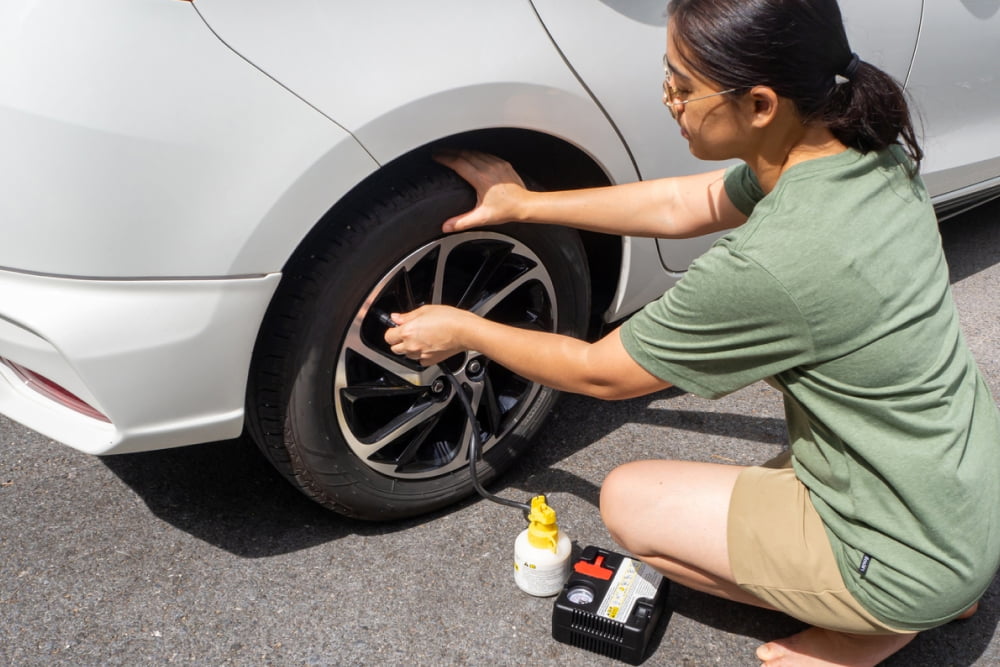6 common mistakes to avoid while changing a flat tire

Learning how to change a flat tire is an important skill on the road. While the basics of driving and dealing with such emergencies are often covered at driving school or by an instructor, there are several things one may not know about changing a flat tire. So, here are a few mistakes one can make when dealing with a flat tire and how to avoid them for a quick, hassle-free tire change:
1. Being unprepared
This is one of the most common mistakes one can make when dealing with a flat tire. As it is impossible to predict when a tire may go out, drivers must ensure that their cars are always equipped with the following tools:
– The owner’s manual, as a guide for finding the jacking points
– A heavy-duty torch
– A warning triangle
– A high-visibility jacket
– The wheel nut key (for locking wheel nuts)
– A pump and pressure gauge
– Wheel chocks (to prevent vehicle movement)
– A jack and wheel wrench
– A healthy spare tire
2. Changing tires on an uneven road
One must always change the tire on an even surface, as the car may not sit right on the jack on gravel, grass, and slopes, potentially sliding off or shifting. This can make it difficult to change the tire and increase the risk of injury in the process.
3. Having passengers in the car
Car occupants can increase the load on the jack and make it more difficult to change a flat tire. So, one should ensure that all passengers exit the vehicle safely before proceeding to change tires.
4. Leaving the car in neutral
When changing a flat tire, instead of leaving the car in neutral, one should opt for parking gear (for automatic transmission) or reverse or first gear (for manual transmission) with the handbrake on. This will lock the wheels into place and prevent any movement.
5. Using the wrong jacking points
Every car has specific points designed to accommodate the jack. One should use the vehicle manual to find these points and place the jack. Failing to do so can cause damage to the undercarriage of the car or make it roll off the jack.
6. Not tightening the lug nuts
Once the spare tire has been placed, one should tighten the nuts and bolts. Skipping this step can increase the risk of the tire dislodging while driving, endangering the car’s occupants and other vehicles on the road.





